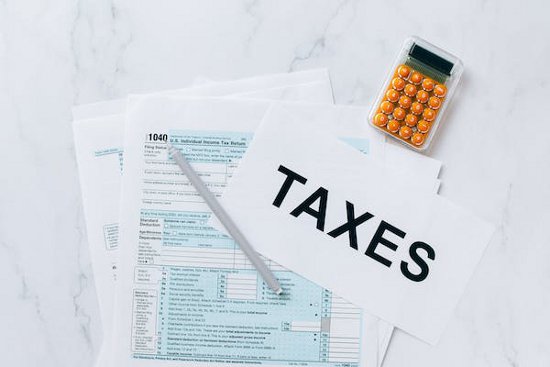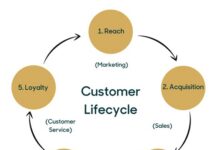Being self-employed brings a sense of freedom and control over your career, but it also comes with unique financial responsibilities. One of the challenges faced by self-employed individuals is planning for retirement. However, there is a powerful tool at your disposal that can provide substantial tax benefits while securing your future: the 401(k) plan.


Understanding the 401(k) Plan
The 401(k) plan is a tax-advantaged retirement savings account established by employers for their employees. However, self-employed individuals can also take advantage of a similar plan known as the Solo 401(k) or Individual 401(k). This plan allows you to contribute a portion of your self-employment income to a tax-deferred retirement account. Using this retirement planning website will help you understand the above concept better.
Tax Deductible Contributions
One of the primary benefits of the Solo 401(k) plan is the potential for tax-deductible contributions. As a self-employed individual, you can make both employer and employee contributions to your plan. The employer portion of the contribution can be up to 25% of your self-employment income (or 20% if you operate as a sole proprietor or a single-member LLC). The employee portion allows you to contribute up to $19,500 (for 2023) or $26,000 if you’re 50 years old or older, as a salary deferral.
By making contributions to your Solo 401(k) plan, you can deduct those contributions from your taxable income, thereby reducing your overall tax liability. This presents a significant advantage, as it allows you to lower your current tax bill while simultaneously saving for retirement.
Tax-Deferred Growth
Another appealing feature of the Solo 401(k) plan is the potential for tax-deferred growth. Any investment gains or income generated within your 401(k) account are not subject to current income taxes. This means your investments can grow more quickly over time, as you won’t be paying taxes on the gains each year. You only pay taxes when you withdraw funds from your 401(k) during retirement, when you may be in a lower tax bracket.
Catch-Up Contributions
For individuals aged 50 or older, the Solo 401(k) plan offers an additional benefit through catch-up contributions. This provision allows you to contribute an extra $6,500 above the annual limit for 2023. Taking advantage of catch-up contributions enables self-employed individuals to accelerate their retirement savings, bridging any gaps they may have due to late starts or previous lower savings.
Flexibility and Control
The Solo 401(k) plan also provides flexibility and control over your retirement savings. You can choose from a wide range of investment options, including stocks, bonds, mutual funds, and more. This flexibility allows you to tailor your investment strategy to align with your risk tolerance and financial goals.
Moreover, you have the ability to take loans from your Solo 401(k) account, providing a potential source of funds during emergencies or other financial needs. However, it is important to understand the rules and potential consequences associated with 401(k) loans before considering this option.
Planning for retirement is crucial, especially when you are self-employed and responsible for your own financial well-being. The Solo 401(k) plan is a powerful tool that provides self-employed individuals with significant tax advantages. From tax-deductible contributions and tax-deferred growth to catch-up contributions and investment flexibility, the Solo 401(k) plan empowers you to maximize your retirement savings while minimizing your tax liability.















